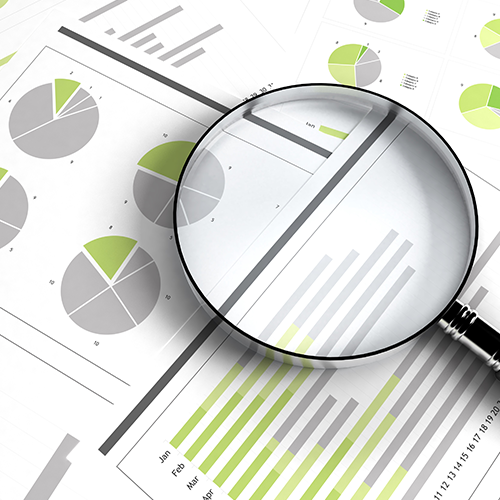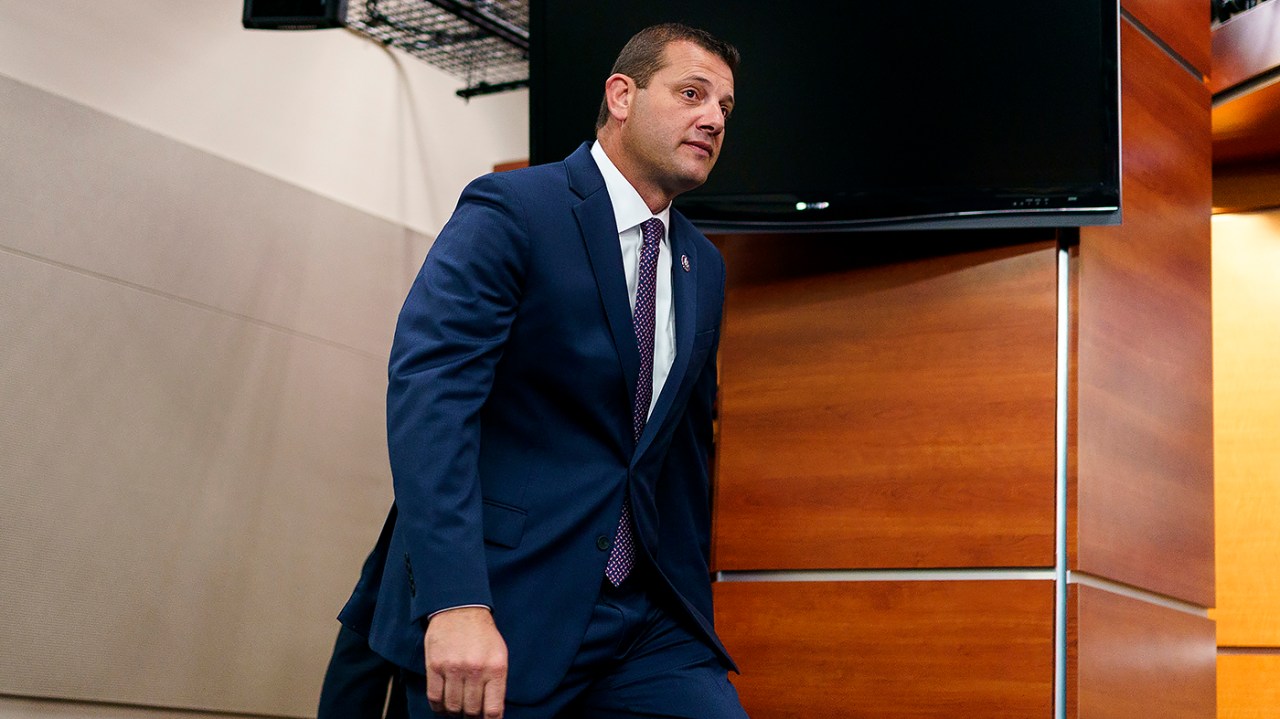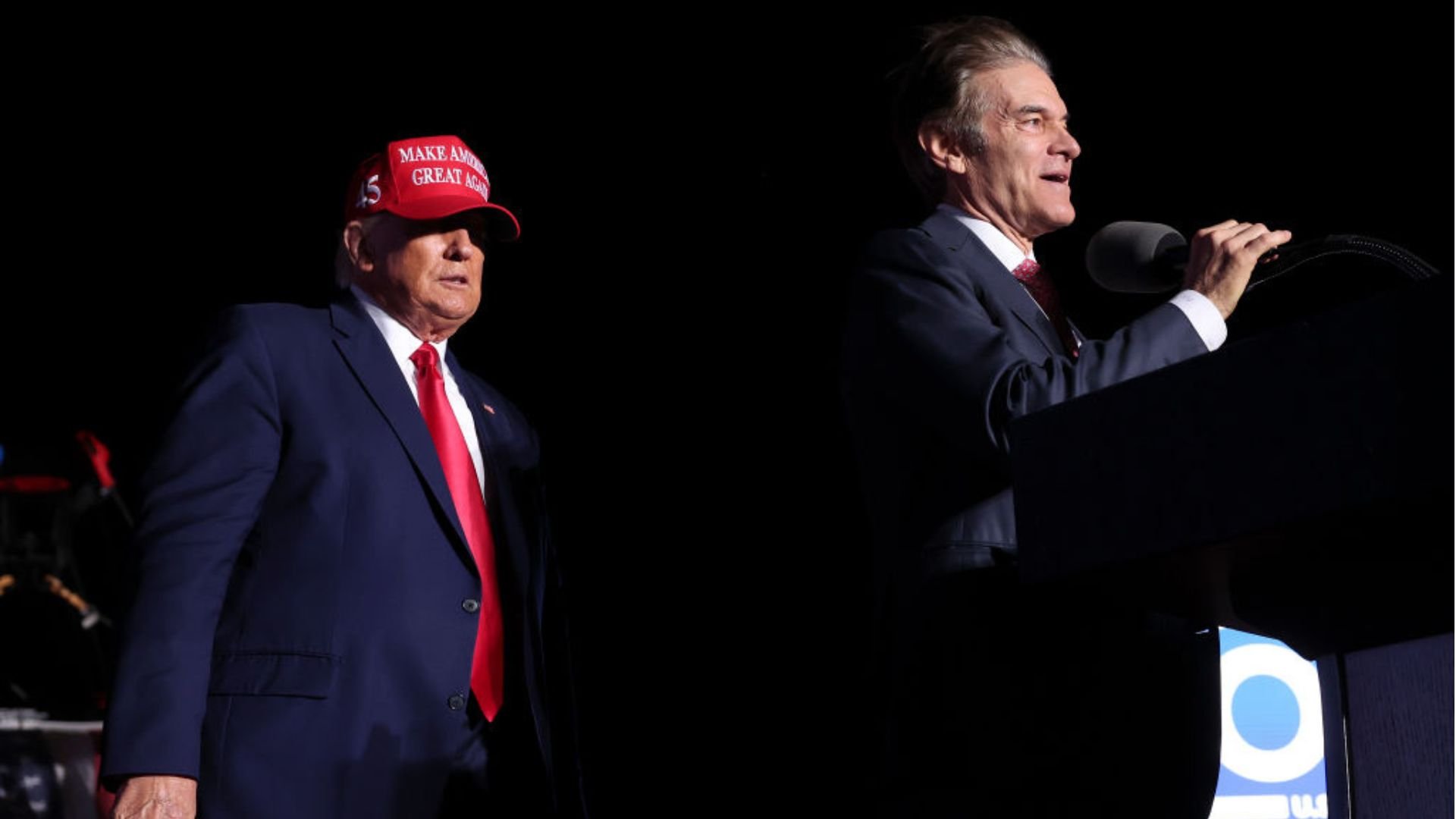
A new study conducted by the Equipment Leasing & Finance Foundation highlights a growing tension within the U.S. healthcare sector as industry leaders grapple with conflicting priorities heading into 2025. According to the report, approximately one-third of healthcare executives consider investing in new technology a top priority for the coming year. These investments are seen as crucial for improving patient care, enhancing operational efficiency, and staying competitive in a rapidly evolving medical landscape.
However, the study also reveals that 94% of healthcare administrators are planning to scale back on equipment purchases or postpone upgrades due to financial pressures—most notably, the rising cost of tariffs. These tariff-related cost increases are making it more difficult for hospitals and healthcare providers to balance the need for innovation with budgetary constraints.
Industry analysts note that this financial strain could have long-term effects on the quality of healthcare delivery. Delaying technology upgrades could slow down the adoption of advanced diagnostic and treatment tools, potentially affecting patient outcomes and system efficiency. At the same time, some administrators are exploring alternative financing strategies, such as leasing or extended payment terms, to offset cost burdens while still pursuing necessary upgrades.
The findings underscore the complex financial environment in which healthcare providers operate and point to an urgent need for policy and financial strategies that enable investments in critical infrastructure without compromising fiscal sustainability. With 2025 fast approaching, healthcare leaders must navigate these trade-offs carefully to align their operational goals with long-term financial health.
Source: https:// – Courtesy of the original publisher.








